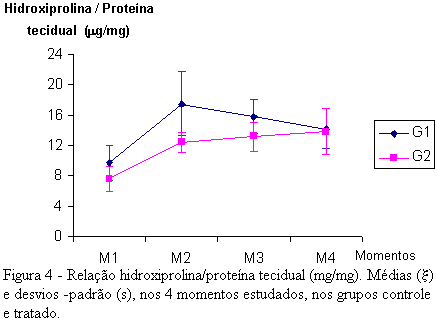The influence of sodium diclofenac on abdominal wound healing was studied in rats. Eighty Wistar rats were randomly allocated to two experimental groups. Group 1: included 40 rats, submitted to abdominal suture and treated with saline, administered IM; Group 2: consisted of 40 rats, submitted to abdominal suture and treated with sodium diclofenac in a dose of 10 mg/kg of body weight per day during 4 days. Animals of both experimental groups were followed during 21 days after the suture, being killed on the 5th, 7th, 14th and 21th postoperative day, which corresponded to M1, M2, M3 and M4 moments. Ten animals from the both experimental groups were studied in each moment, with analysis of the following parameters: clinical state, breaking strength measurements, histology and tissue collagen content of abdominal scar. Several complications were observed in rats of the sodium diclofenac group, such as dehiscence, incisional rupture, weight loss, with a significant mortality rate when compared with control rats. In this group, there were no complications. Other alterations were also observed in the sodium diclofenac group, such as decreased of breaking strength on the 7th and 14th postoperative day and decreased of collagen content on the 5th, 7th and 14th postoperative day, which returns at normal values on the 21th postoperative day. In histology, animals of the sodium diclofenac group showed a delay in the healing process, such as a significant decreased of fibrogenesis, with decreased density of collagen fibers. Complications such as microabscess arounding the suture material were only observed in this group.
Breaking strength; Collagen content; Histology; Abdominal closure








